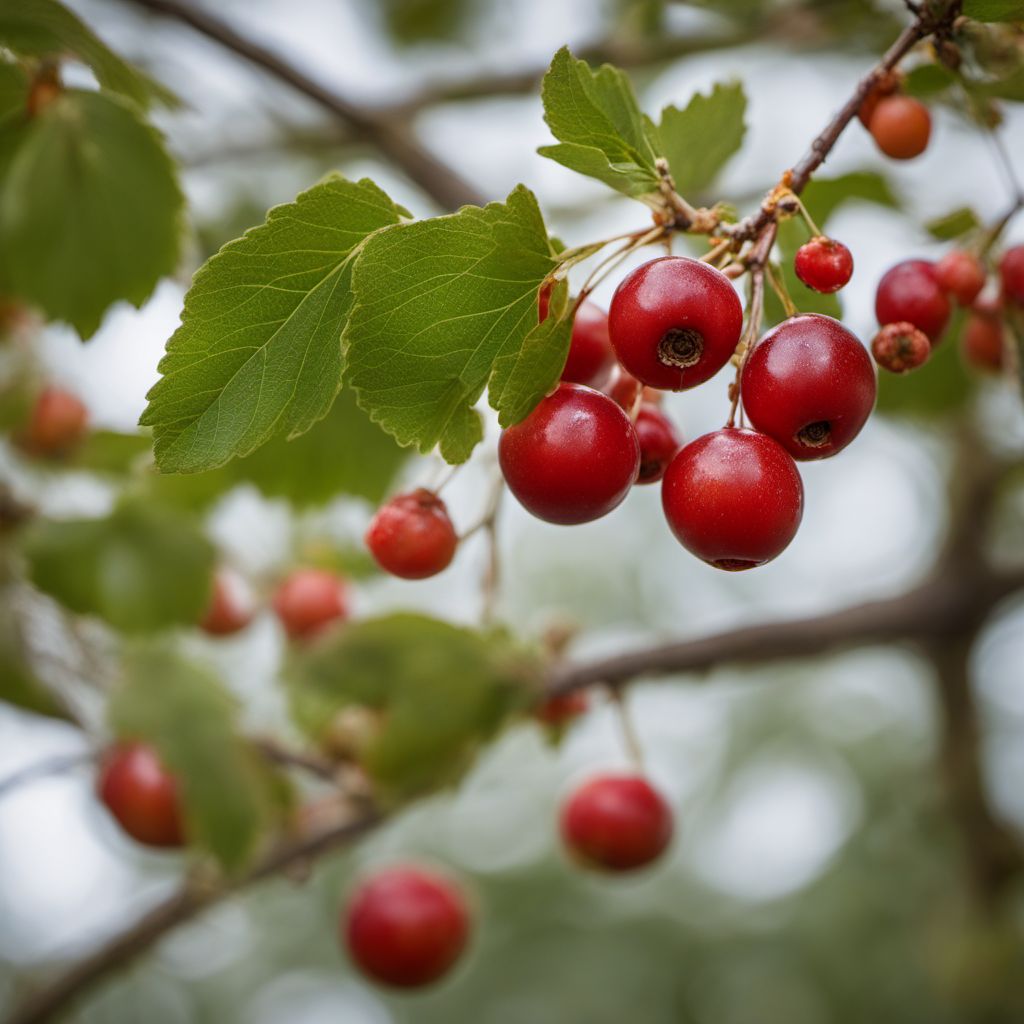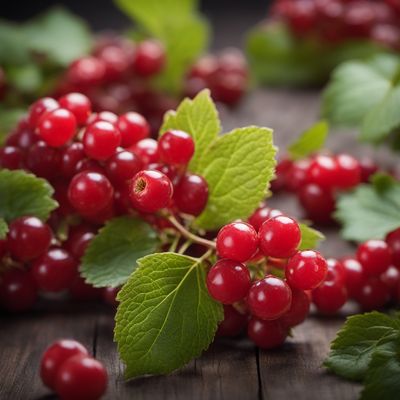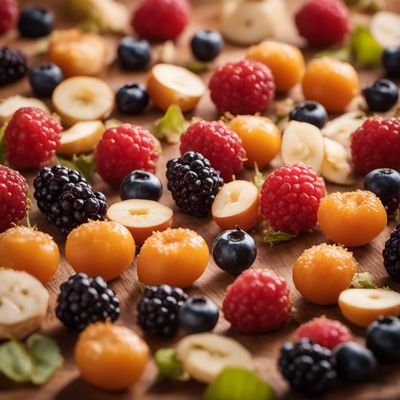
Ingredient
Midland hawberries
The Hidden Gems of Midland: Exploring the Delights of Hawberries
Midland hawberries are small, round berries that are typically bright red in color. They have a slightly tart and tangy flavor, reminiscent of cranberries, with a hint of sweetness. The texture of hawberries is firm and juicy, similar to that of raspberries. These berries are known for their vibrant appearance, making them visually appealing when used as a garnish or in desserts. Their small size and intense flavor make them a versatile ingredient in both traditional and modern cuisine.
Origins and history
Midland hawberries are native to the Midland region of the United States. They have a rich history and have been used by indigenous communities for centuries. These berries were traditionally foraged and used in various culinary preparations, including jams, jellies, and sauces. Over time, hawberries gained popularity among local chefs and food enthusiasts, leading to their cultivation and availability in the market.
Nutritional information
Midland hawberries are a good source of vitamin C and dietary fiber. They are low in calories, making them a healthy addition to any diet.
Allergens
There are no known allergens associated with Midland hawberries.
How to select
When selecting Midland hawberries, look for berries that are plump, firm, and brightly colored. Avoid berries that are soft, bruised, or have moldy spots. The color should be vibrant and uniform throughout the berry.
Storage recommendations
To maintain the freshness and quality of Midland hawberries, store them in the refrigerator in a breathable container or a perforated plastic bag. They can be kept for up to a week. For longer-term storage, freeze the berries by spreading them in a single layer on a baking sheet and then transferring them to a freezer-safe bag or container.
How to produce
Midland hawberries can be grown in home gardens or small-scale farms. They require well-drained soil and full sun exposure. Plant hawberry bushes in early spring and provide regular watering. Harvest the berries when they are fully ripe and have reached their vibrant red color.
Preparation tips
Midland hawberries can be used in a variety of ways. They can be enjoyed fresh as a snack, added to salads for a burst of flavor, or used in desserts such as pies, tarts, and sauces. They can also be cooked down into jams or jellies. When using hawberries in recipes, adjust the sweetness level accordingly, as they have a natural tartness.
Culinary uses
Midland hawberries are commonly used in desserts such as pies, tarts, and cakes. They can also be used to make sauces, jams, and jellies. Additionally, hawberries can be incorporated into savory dishes, such as salads or glazes for meats, to add a unique twist.
Availability
Midland hawberries are primarily available in the Midland region of the United States, where they are cultivated and harvested.
More ingredients from this category » Browse all

Sorb fruits
The Sweet and Tangy Delights of Sorb Fruits

Guelder rose berries
Guelder Rose Berries: Nature's Vibrant Gems

Bayberries
The Hidden Gems of the Forest

Silverberries
The Shimmering Gems of the Culinary World

Dwarf elderberries
The Tiny Powerhouse: Exploring the World of Dwarf Elderberries

Saskatoons
The Sweet Berry of the Prairies

Red elderberries
The Vibrant Gems of the Forest

Che berries
The Exotic Delight: Che Berries

Buffalo berries
The Tangy Delight of Buffalo Berries

Elderberries
The Power of Elderberries

Phalsa fruits
The Exotic Jewel of Summer: Phalsa Fruits

Hawberries
The Vibrant Delight: Exploring the World of Hawberries